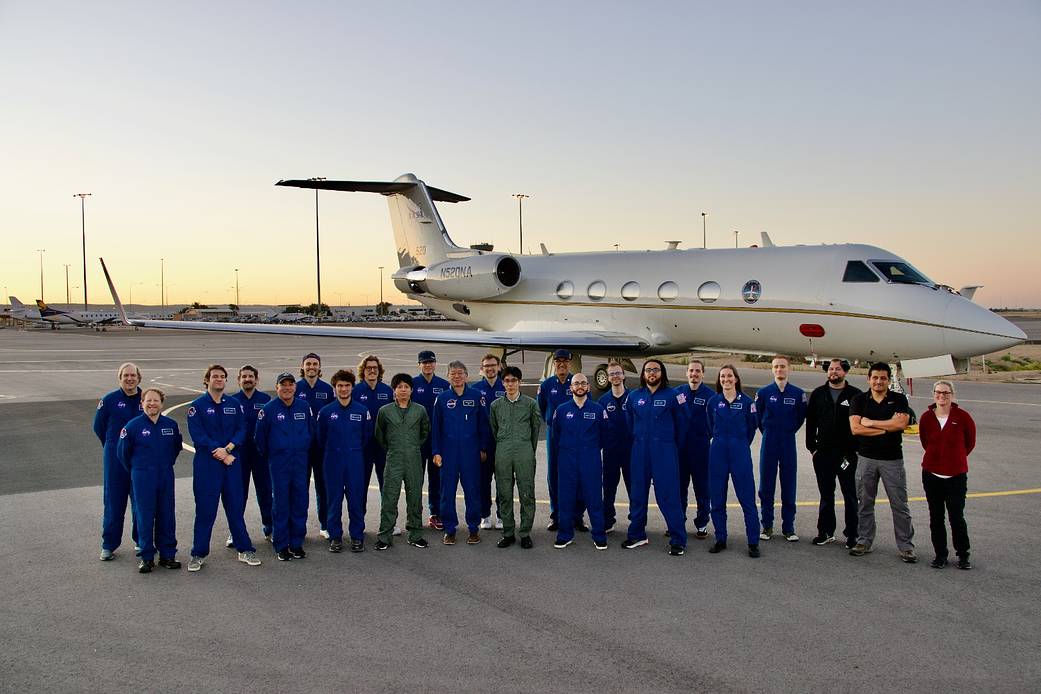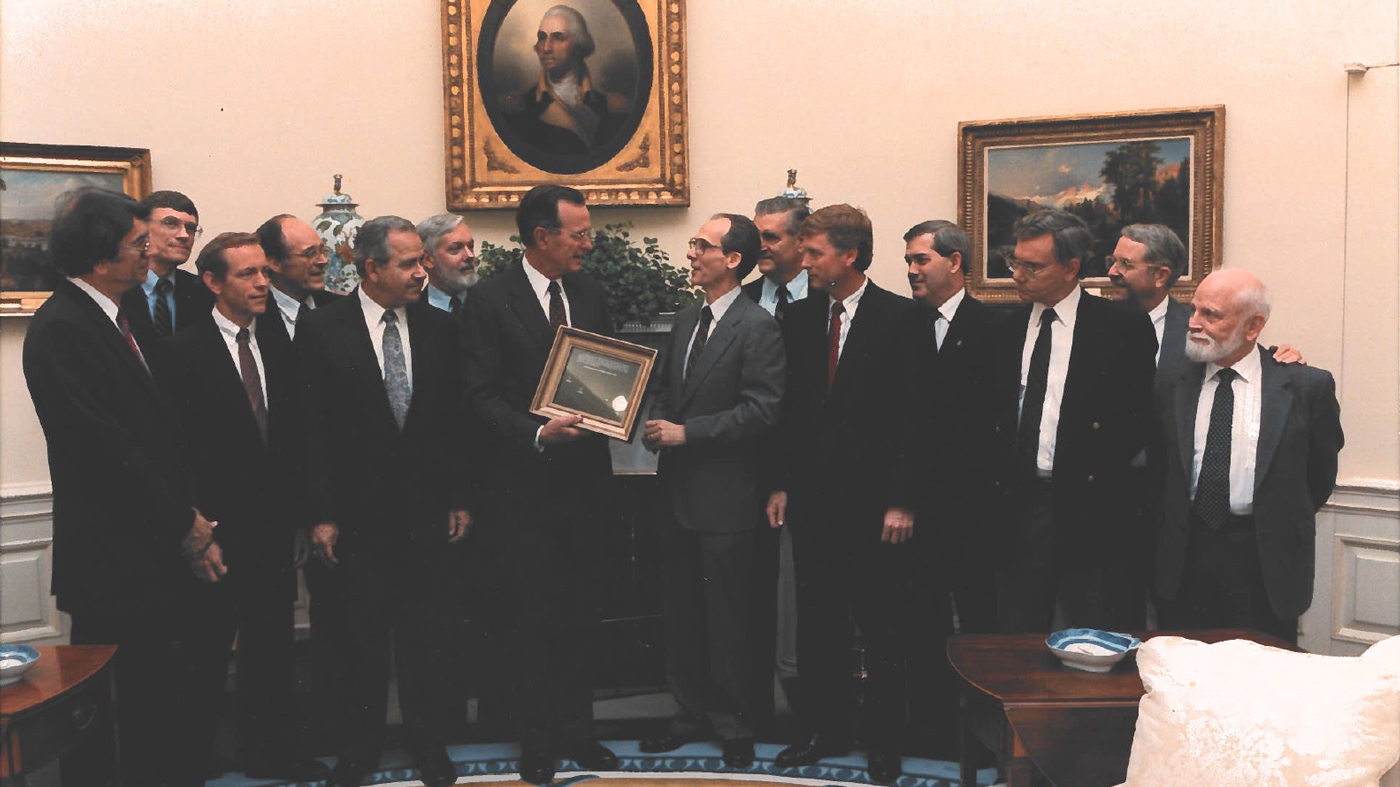
A team of NASA researchers traveled to Australia to work with partners supporting a mission to return an asteroid sample to Earth.
The Scientifically Calibrated In-Flight Imagery (SCIFLI) Hayabusa 2 Airborne Reentry Observation Campaign (SHARC) team successfully imaged the reentry of the Japan Aerospace Exploration Agency (JAXA) mission Hayabusa 2.
When the sample return capsule entered Earth’s atmosphere around 12:00 p.m. ET on Dec. 5, aircraft from NASA’s Langley Research Center in Hampton, Va., and NASA’s Johnson Space Center in Houston, both equipped with imaging instrumentation, were in the air to collect data that can be used to better understand what happens during spacecraft entry, descent and landing.
In preparation, science crews integrated sensor hardware onto the two NASA Gulfstream III planes and conducted ground tests before traveling across the world and spending 14 days under supervised quarantine. The team joined colleagues from JAXA and the Australian Space Agency to perform additional ground tests, an instrument check flight, and a full dress rehearsal flight 48 hours before the actual observation.
The capsule, which contains samples of the asteroid Ryugu, is roughly the size of a basketball, and was moving at approximately 40 times the speed of sound when it first entered the atmosphere. Under an agreement between JAXA and NASA that included the first Hayabusa mission in 2010, Japan will share part of the asteroid sample with the United States, and when OSIRIS-REx returns in 2023, the United States will share part of its sample of asteroid Bennu with Japan.


























